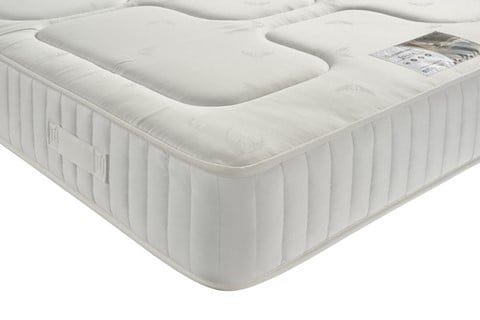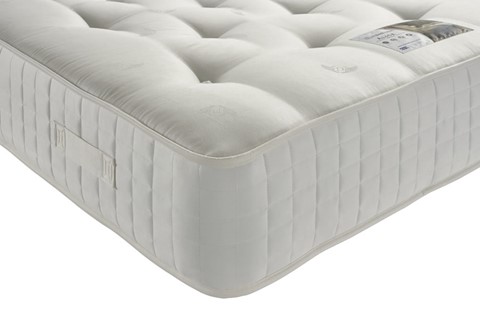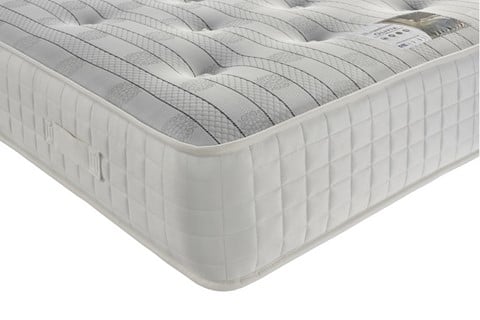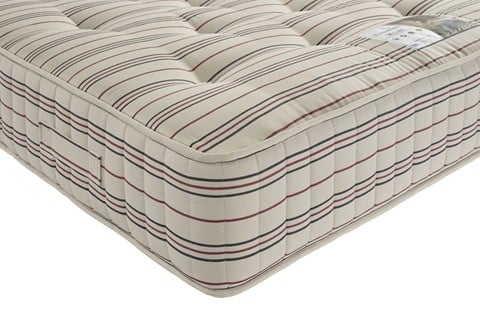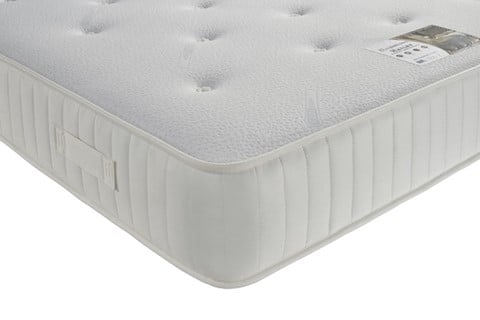What Do I Need to Know?
Manufacturers and retailers will often refer to the ‘gauge’ of the mattress– which indicates the thickness of the wire used for the springs. The lower the number, the thicker the gauge, which typically creates a firmer mattress. A 12-gauge mattress will be very firm and provide plenty of support, but if you’re looking for something a little softer go for a 13.5-gauge which still offers plenty of support.
A high-gauge rod edge is very important in open coiled mattresses, as it extends the sleeping surface and helps the mattress to retain its shape, reducing side-sag.
Is an Open Coil Mattress for Me?
There are a number of pros and cons with open coil mattresses, which vary in importance depending on what you’re looking for.
Pros: Open coils provide excellent support and are used for most orthopaedic mattresses due to their firmness. They tend to have more ‘give’ than pocket sprung mattresses, and are lighter and therefore easier to turn. Investing in an open coil mattress with an inbuilt memory foam topper will give a superior level of extra comfort.
Cons: Not as robust as other mattresses and can be known to ‘dip’ in the middle after prolonged use. Open coiled bedding can also lead to the ‘roll-together’ feeling for couples, and you will feel the movement of your partner.
These are great mattresses for children, lasting between 3-5 years before needing to be replaced.
What Are Pocket Spring Mattresses?
Pocket spring mattresses offer more support than open coiled. The individual springs that make up the mattress are housed in their own little pockets and work independently of each other. Spring counts can vary dramatically from 600 to 5,000. Typically, the higher the spring count, the better the support.
